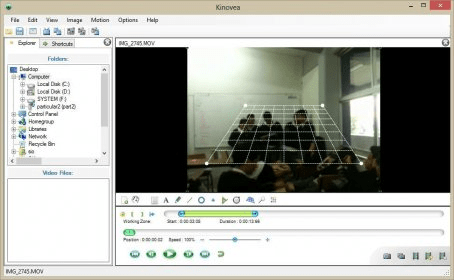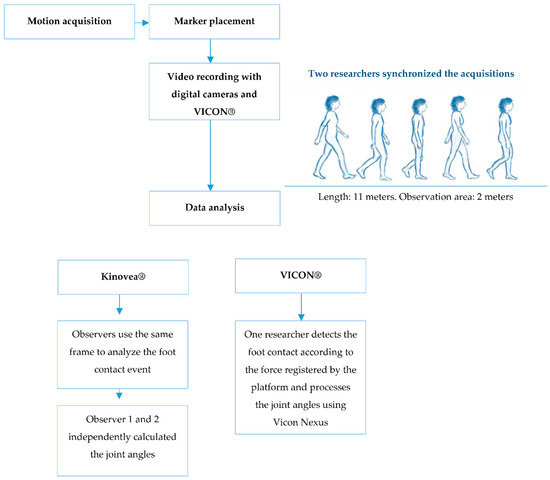

However, the outcomes of qualitative gait analysis are subjective and lack sufficient reliability 3, 4, 5. Clinicians therefore rely on qualitative/observational gait analysis to detect gait abnormalities and examine the effectiveness of an intervention.

Many clinicians and researchers cannot afford such a system 2, particularly in low-income countries. The 3-D analysis of gait is highly accurate and reliable 1 but the purchase of a 3-D motion analysis system is expensive and can be prohibitive for many, especially in developing countries. The preferred approach for the kinematic assessment of gait is a three-dimensional (3-D) motion analysis system incorporating multiple cameras and active (light-emitting diodes), or passive (retroreflective) markers.

These results show that a low-cost 2-D video system can reliably and accurately assess adaptive gait kinematics in healthy and low vision subjects. The test-retest reliability for both systems was high (average ICC = 0.959). Bland-Altman analysis showed that the agreement between the two systems was good in all three groups after correcting for systematic biases related to the 2-D marker positions. Strong Pearson’s correlations were found between the two systems for all parameters (average r = 0.944, all p < 0.001). The kinematic parameters (crossing height, crossing velocity, foot placement, single support time) were calculated offline. Four trials were simultaneously recorded with the Vicon motion capture system (3-D system) and a video camera that was positioned perpendicular to the obstacle (2-D system).

Subjects were requested to walk up and step over a 10 cm high obstacle that was positioned in the middle of a 4.5 m walkway. The present study examines whether a low-cost 2-D motion capture system can accurately and reliably assess adaptive gait kinematics in subjects with central vision loss, older controls, and younger controls. 3-D gait analysis is the gold standard but many healthcare clinics and research institutes would benefit from a system that is inexpensive and simple but just as accurate.


 0 kommentar(er)
0 kommentar(er)
